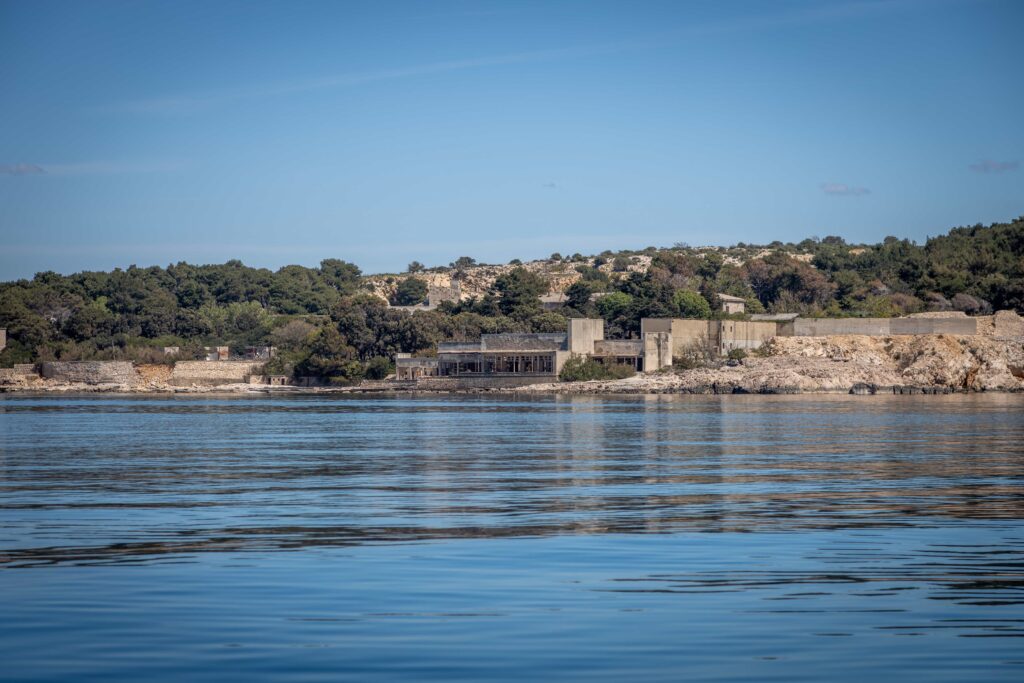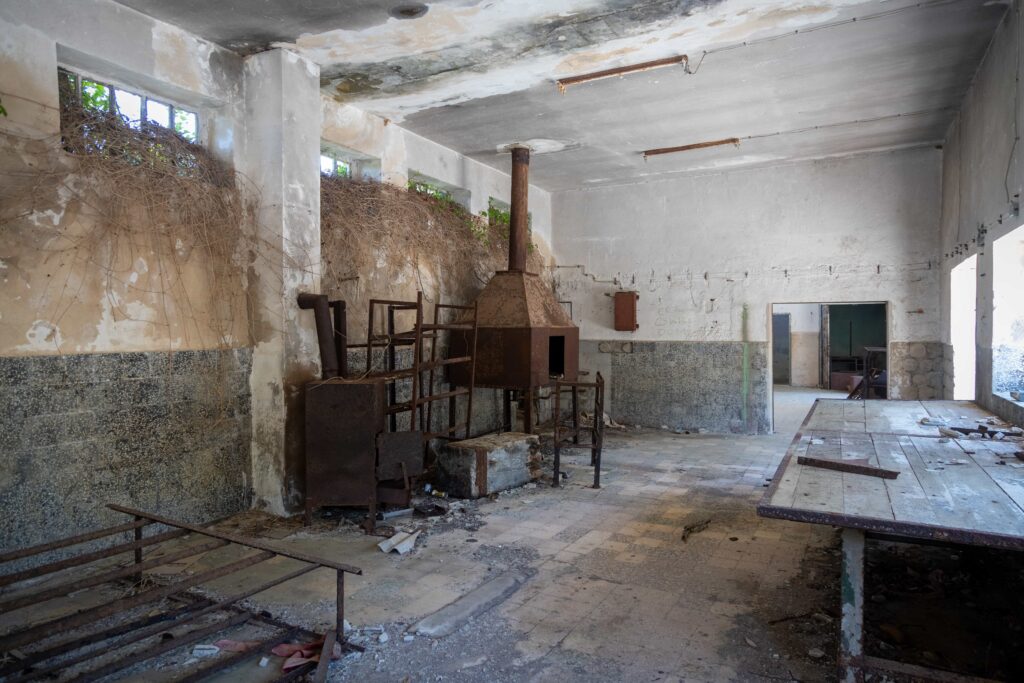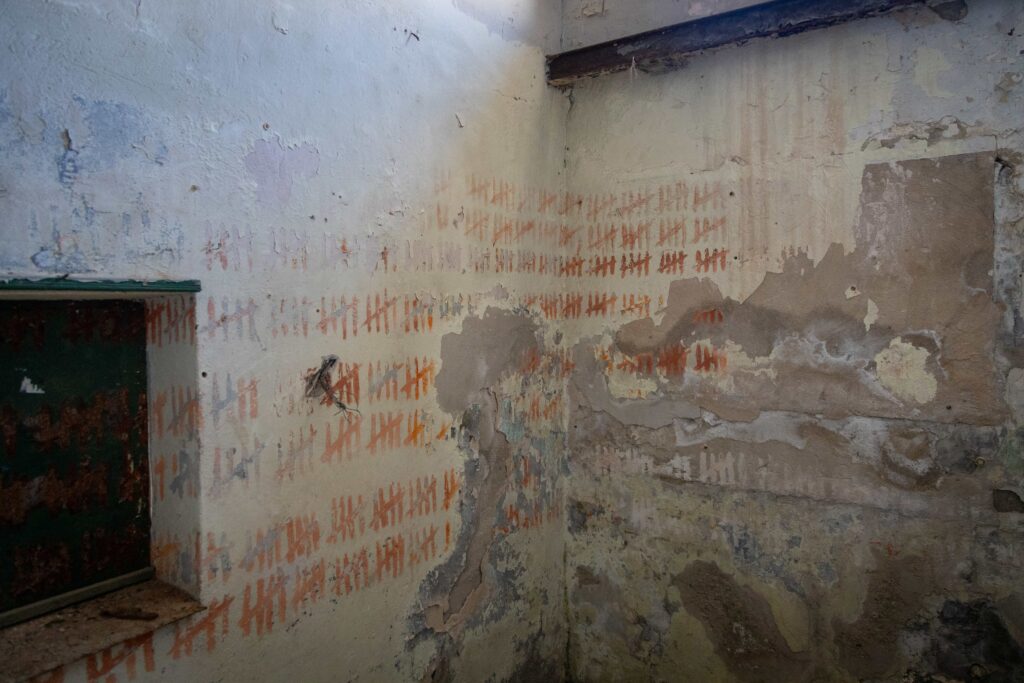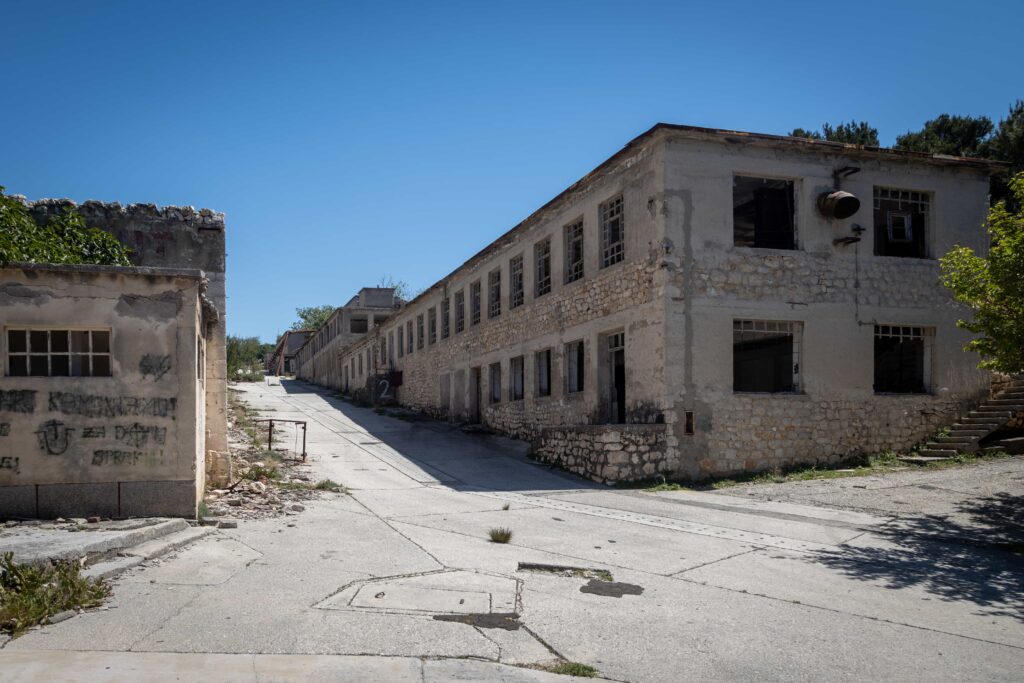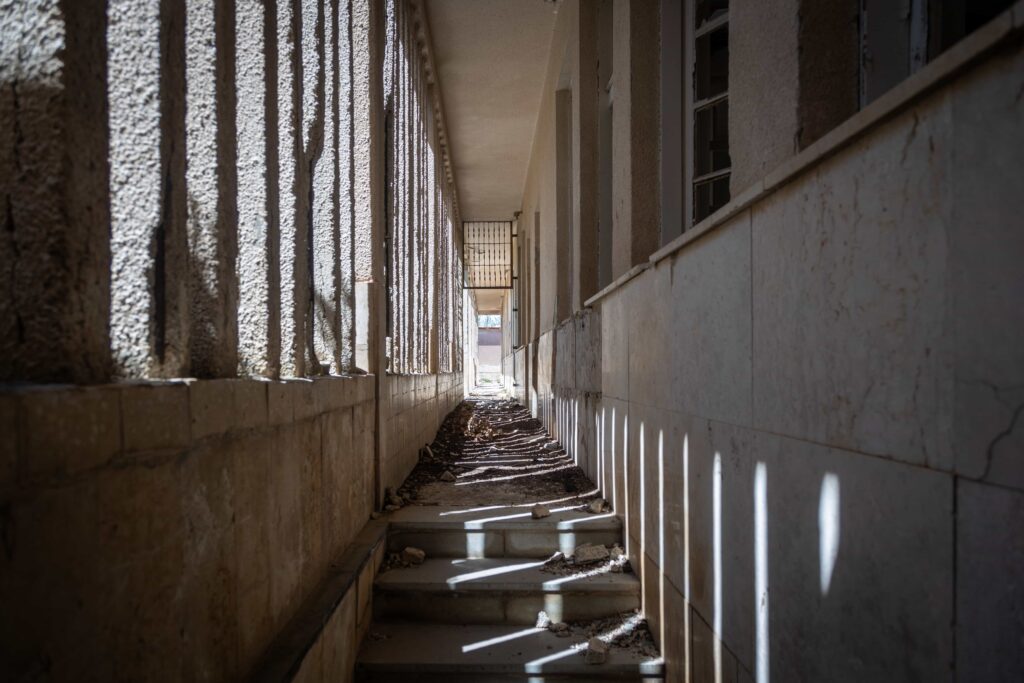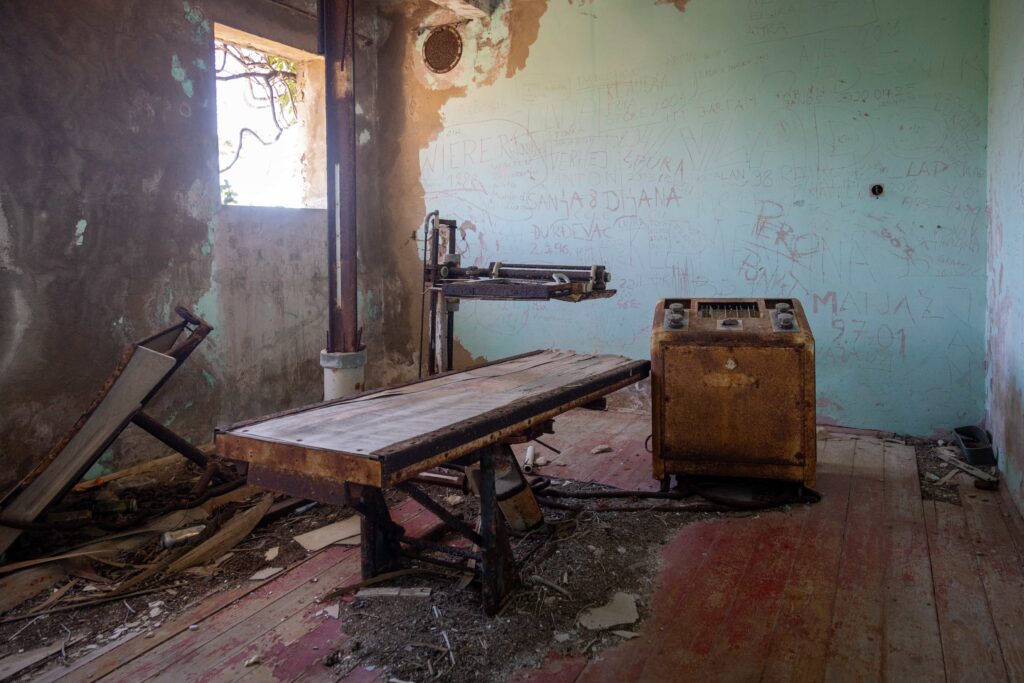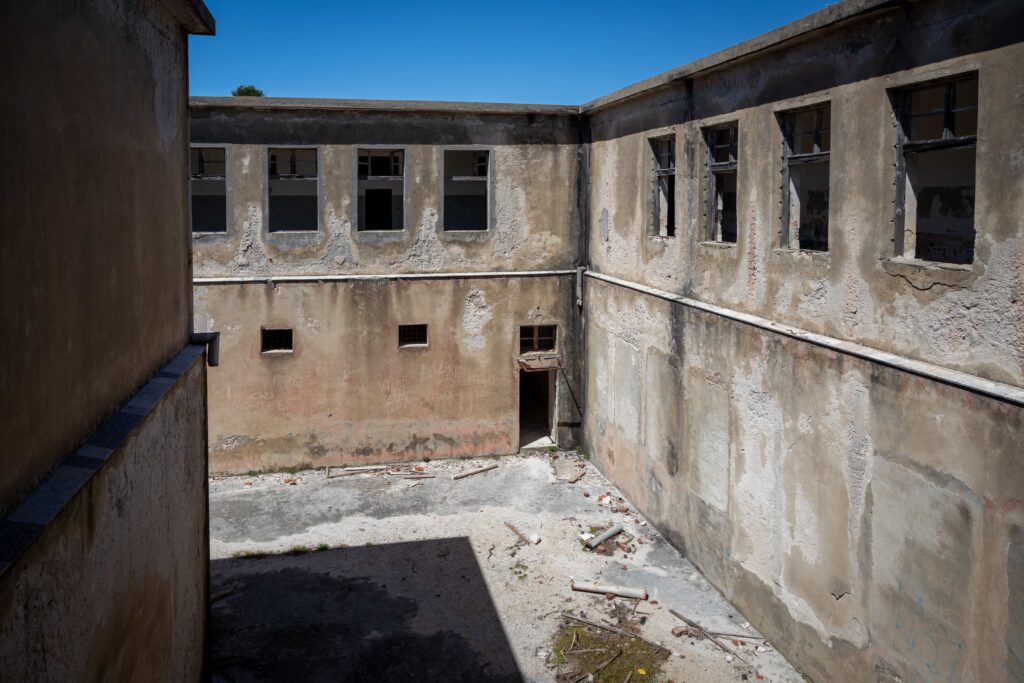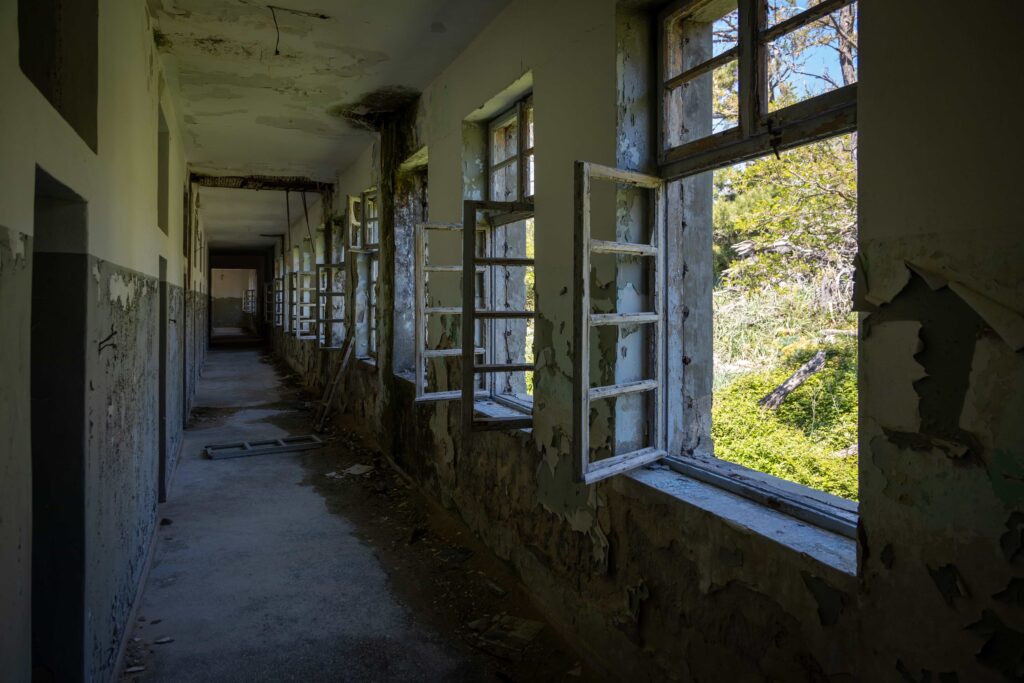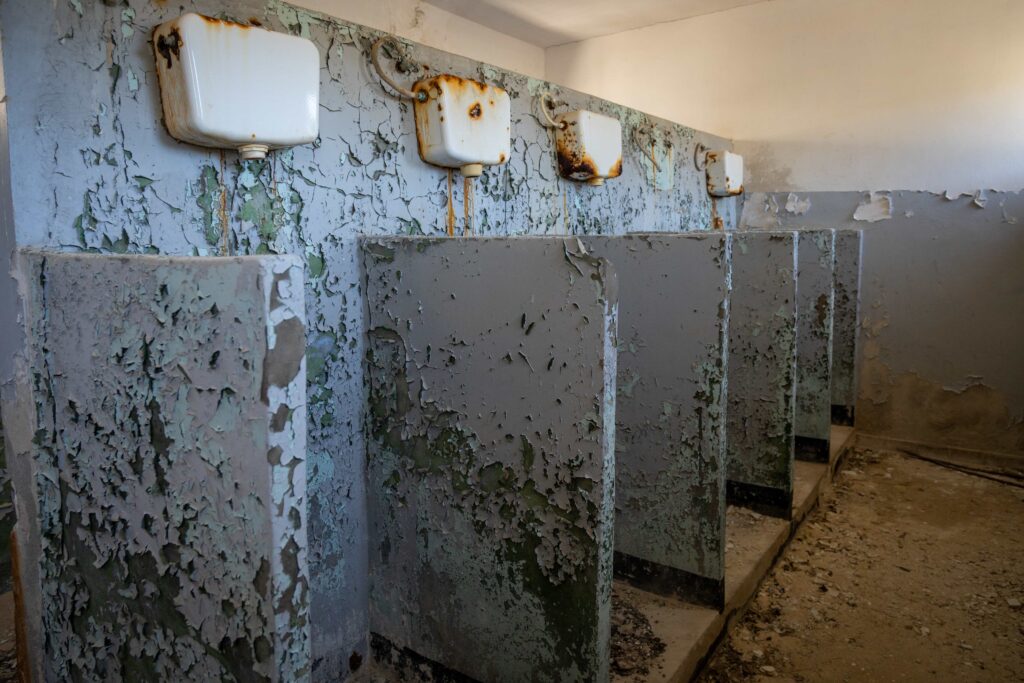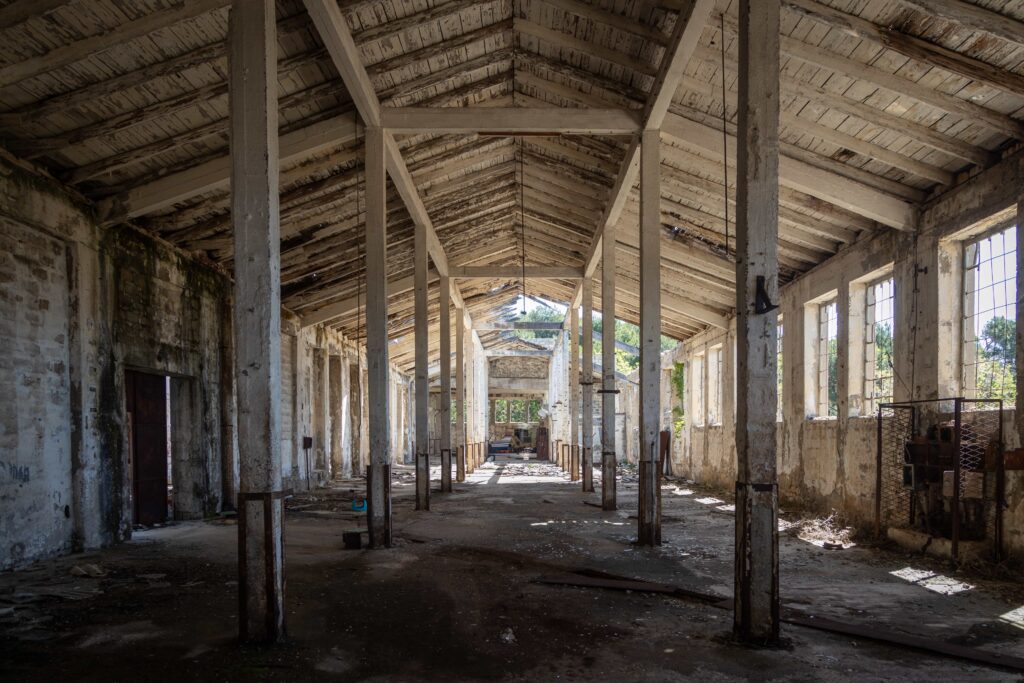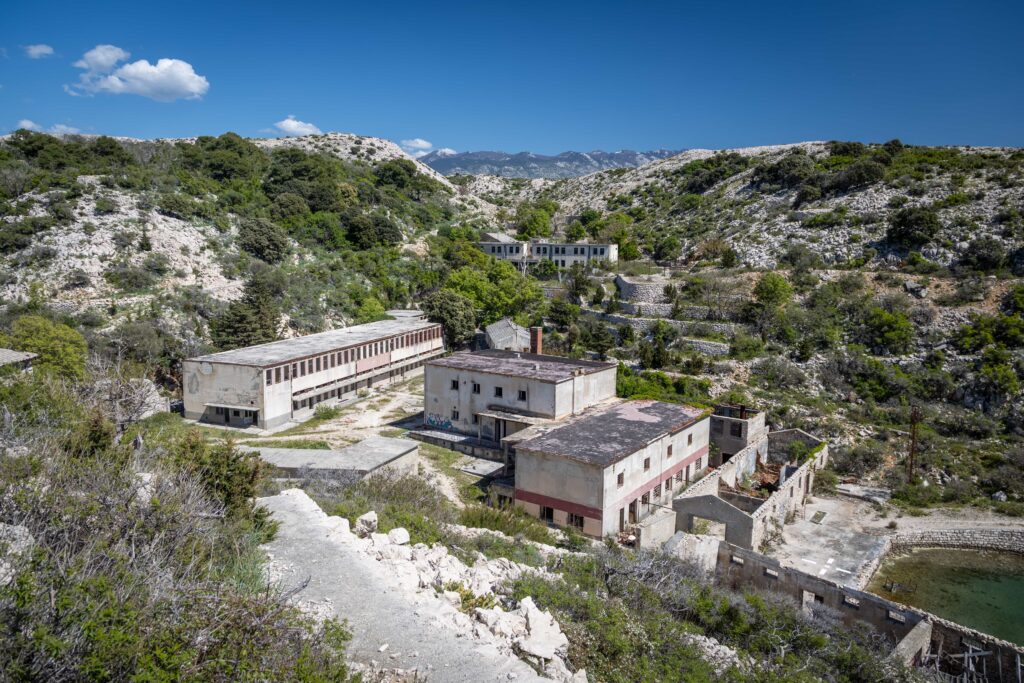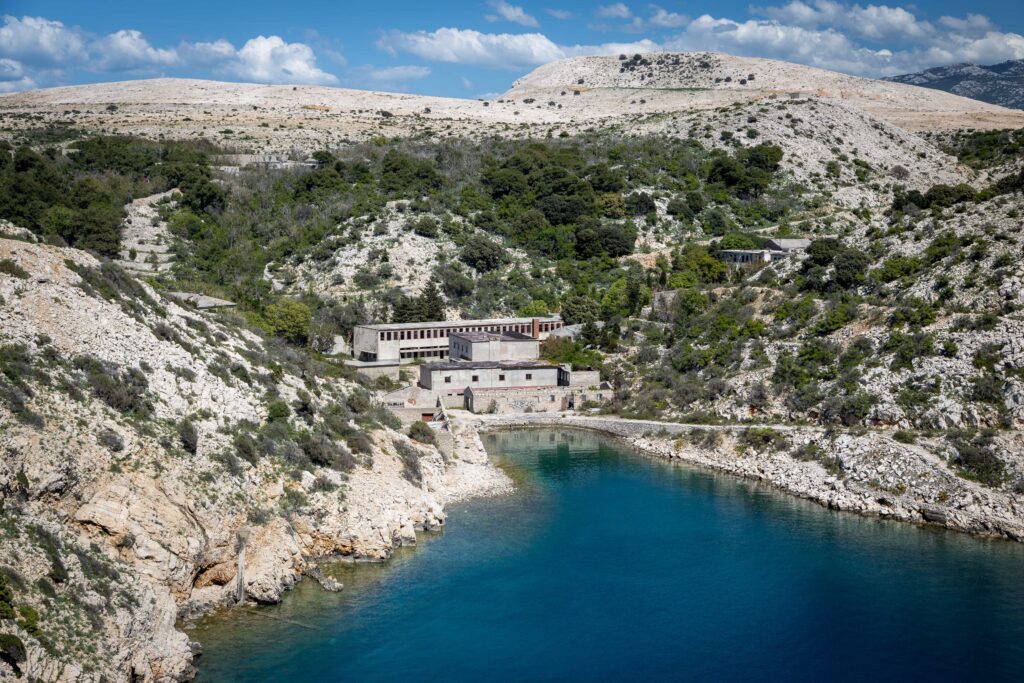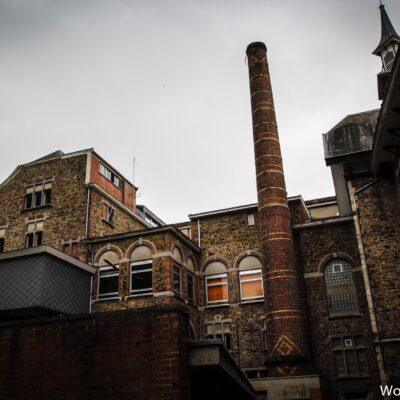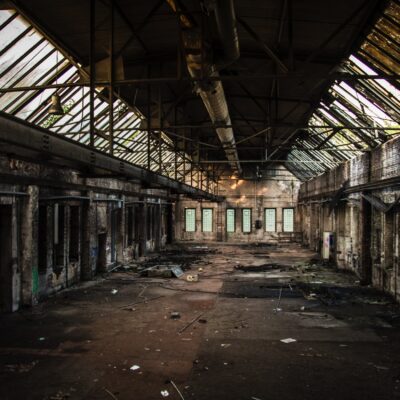Goli Otok, which translates to “Barren Island” in Croatian, lives up to its name. This rocky, uninhabited island off the coast of Croatia holds a dark and complex history. Once a thriving prison camp, Goli Otok is now a chilling reminder of a bygone era.
A Prison Under the Sun
Goli Otok wasn’t always deserted. From 1949 to 1989, it served as a high-security prison camp for political dissidents in communist Yugoslavia. During the Informbiro period, following a rift between Josip Broz Tito and Joseph Stalin, the island became a place of “re-education” for those deemed disloyal to Tito’s regime. Thousands of Croatians were imprisoned here, enduring harsh conditions and forced labor.
A Glimpse into the Past
Today, Goli Otok stands silent. Abandoned buildings, crumbling structures, and overgrown paths are all that remain of the prison camp. Visitors can explore these ruins, a haunting testament to the suffering that took place here. However, venturing into these buildings is not recommended due to safety concerns.
More Than Just Ruins
Goli Otok is a place of reflection, not just a tourist destination. The island serves as a crucial reminder of the atrocities committed during the Yugoslav era. Its history is a sensitive topic, but confronting the past is necessary for healing and moving forward.
Planning Your Visit
Goli Otok is accessible by boat from nearby towns. Organized tours are available and offer a guided exploration of the island, providing historical context and ensuring visitor safety. If you choose to visit independently, be sure to dress appropriately for the rugged terrain, bring plenty of water, and be respectful of the island’s somber history.
Goli Otok may not be your typical vacation destination, but it’s a place worth visiting for those interested in history and the complexities of the region. The island serves as a powerful reminder of the darkness that can exist within humanity, but also the importance of learning from the past.
